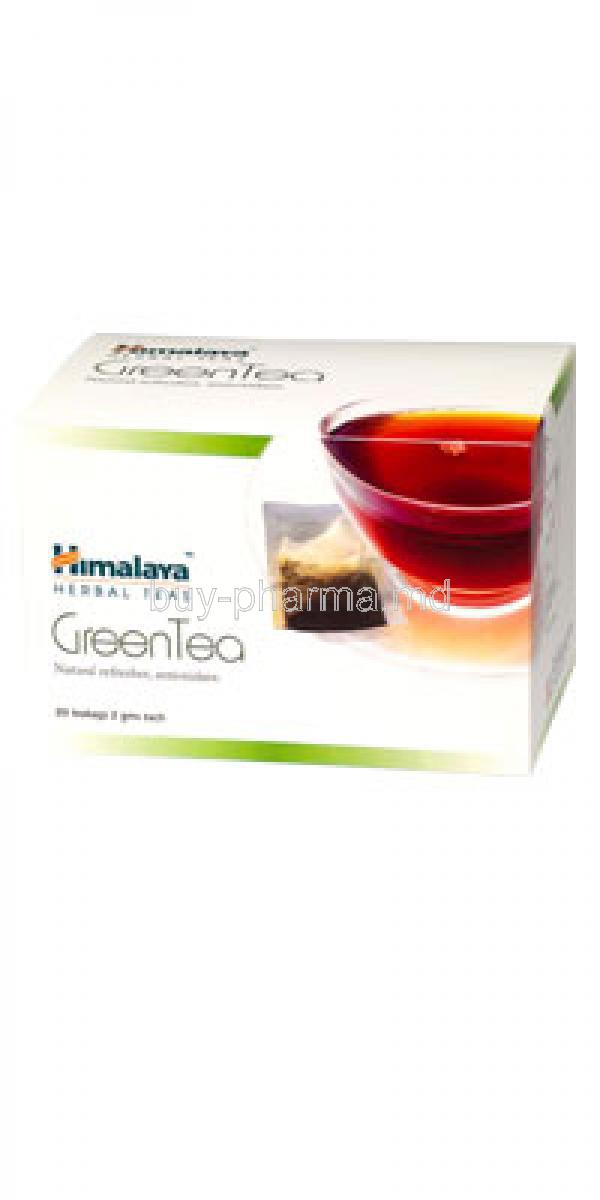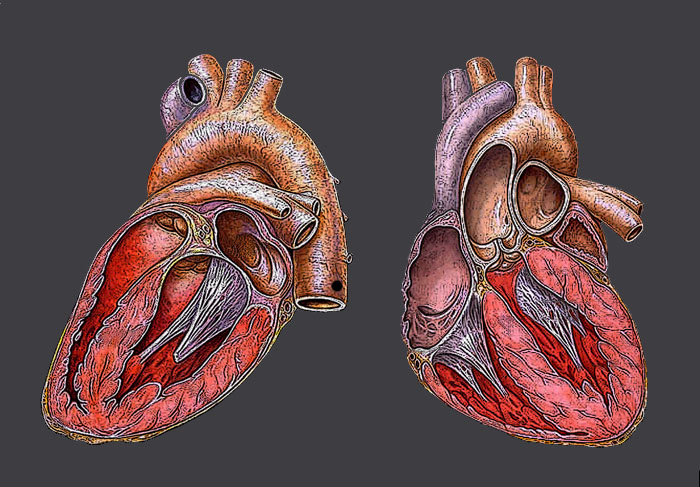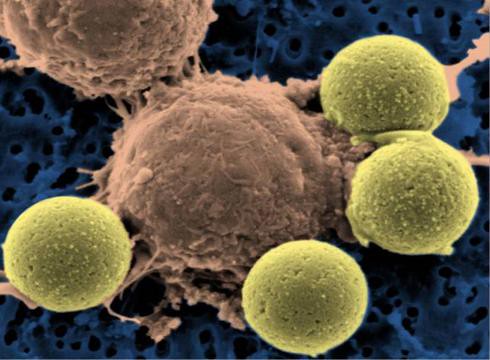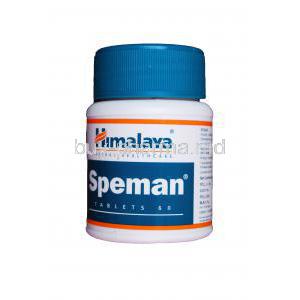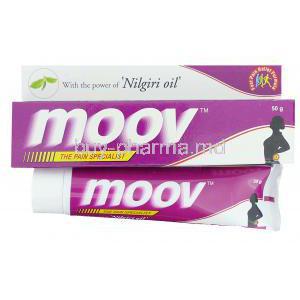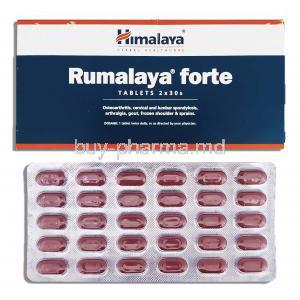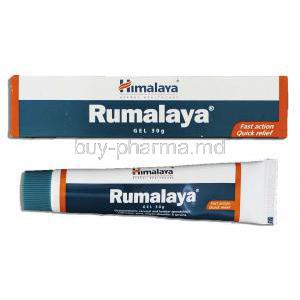Himalaya Green Tea
- 1. Overview and Introduction to Himalaya Green Tea
- 2. Composition and Natural Ingredients
- 3. Mechanism of Action: How Himalaya Green Tea Works in the Body
- 4. Approved and Traditional Uses of Himalaya Green Tea
- 5. Off-Label and Alternative Uses of Himalaya Green Tea
- 6. Dosage and Administration Guidelines
- 7. Common and Rare Side Effects of Himalaya Green Tea
- 8. Drug, Food, and Supplement Interactions
- 9. Warnings and Contraindications to Consider
- 10. Careful Administration in Special Populations
- 11. Overdose Risks and Symptoms
- 12. Proper Storage Conditions and Shelf Life
- 13. Handling and Safety Precautions
1. Overview and Introduction to Himalaya Green Tea
What is Himalaya Green Tea?
Himalaya Green Tea is a premium herbal infusion derived from carefully selected green tea leaves of the Camellia sinensis plant, cultivated under stringent quality controls. This proprietary blend, enriched with botanical adjuncts, is crafted to promote wellness through a synergy of traditional wisdom and modern phytotherapy. Renowned for its holistic benefits, it offers a gentle yet effective solution for those seeking a natural way to revitalize the body and mind.
2. Composition and Natural Ingredients
Primary Active Ingredient: Camellia sinensis Leaf Extract
Himalaya Green Tea is based on the component of Camellia sinensis, which is packed with compounds that promote the body's metabolism and offer strong antioxidant protection.
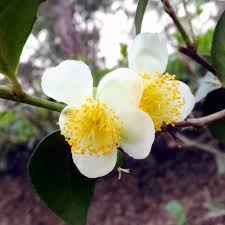
Supporting Herbal Components: Ginger, Lemon, Licorice, Tulsi (as applicable)
- Ginger: Enhances digestion and improves circulation
- Lemon: A natural cleanser and vitamin C source
- Licorice: Soothes the gastrointestinal tract
- Tulsi: Revered in Ayurveda for its adaptogenic and immune-boosting properties
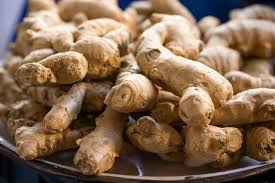
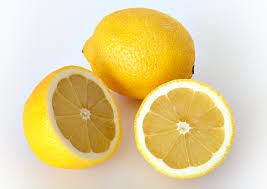
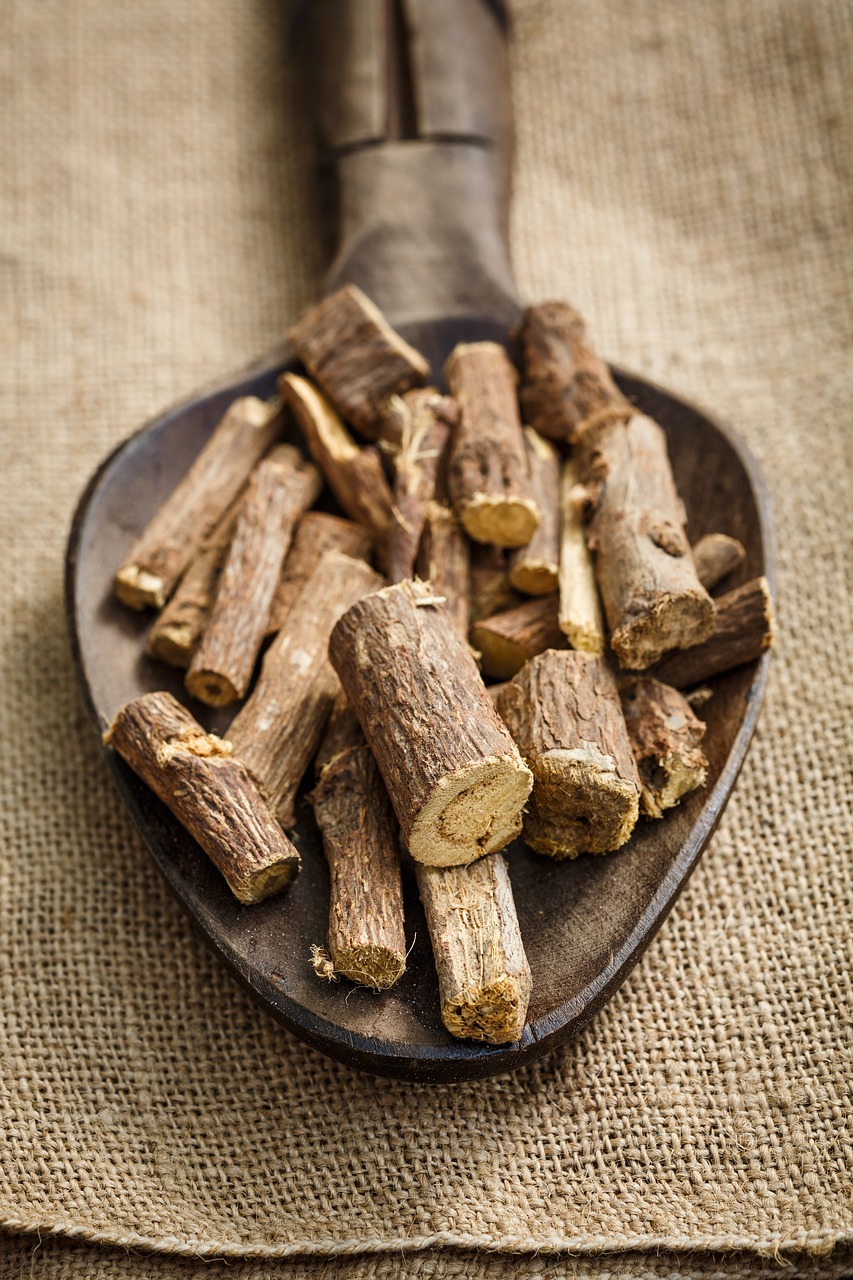
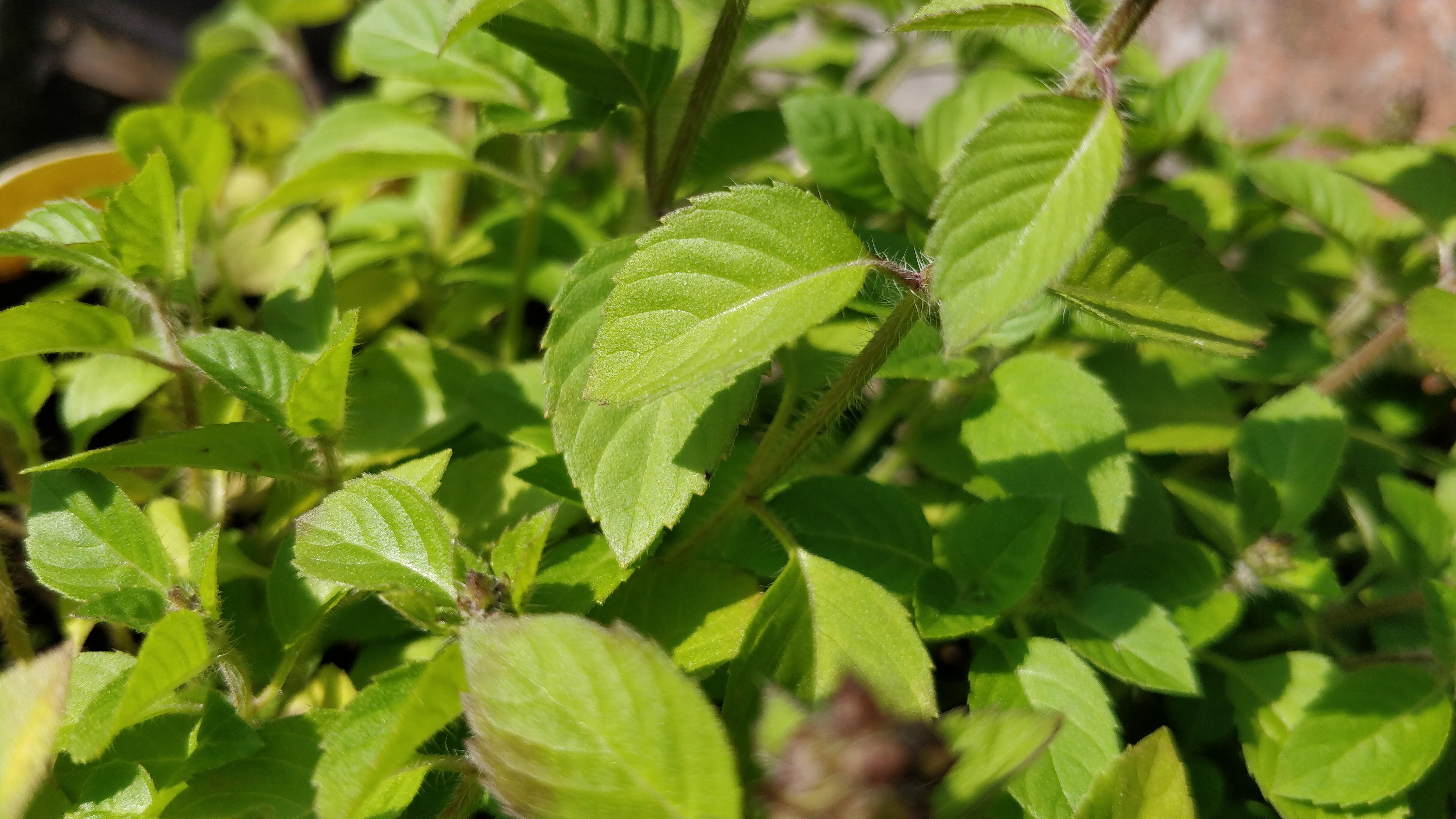
Phytochemical Profile: Catechins, Polyphenols, Flavonoids
This formulation delivers a robust array of phytochemicals:
- Catechins: Combat oxidative stress and support cardiovascular health
- Polyphenols: Aid in cellular protection and anti-inflammatory activity
- Flavonoids: Improve vascular function and immune response
Presence of Natural Caffeine and Antioxidants
The Himalaya Green Tea contains caffeine, which offers an energy boost without the jittery effects of artificial stimulants. It is also packed with antioxidants that aid in slowing down cell aging and promoting detoxification.
Matcha vs green tea
In tea ceremonies and other traditions, matcha is a ground form of green tea leaves mixed with hot water by whisking. Conversely, green tea is usually made by steeping leaves or using tea bags.
Black tea vs green tea
Black tea goes through a process of oxidation which results in a malty flavor. On the hand green tea is processed minimally. Maintains a lighter and grassier taste.
White tea vs green tea
White tea is known for its processing method. It is distinguished by its subtle sweetness accompanied by floral hints.Green tea goes through processing steps such as steaming or pan frying. It boasts a refreshing grass-like flavor.
3. Mechanism of Action: How Himalaya Green Tea Works in the Body
Metabolic Boost and Thermogenesis
By triggering thermogenesis in the body's system with tea consumption, it boosts the metabolic rate, which helps break down fat efficiently. This process leads to a calorie burn and assists in managing weight.

Free Radical Neutralization via Antioxidant Activity
Epigallocatechin gallate (EGCG) is an antioxidant known to combat radicals. It effectively reduces oxidative stress, which may cause long-term inflammation and age-related ailments.
Detoxification Support through Liver Enzyme Modulation
Drinking tea supports the liver's enzyme functions, which help break down and remove metabolic waste and toxins from the body, effectively leading to a more refreshed state.
Gut Health and Microbiome Regulation
Bioactive elements help keep a balance of gut bacteria while flavonoids and compounds, with properties support a better digestive system and enhance the absorption of nutrients.
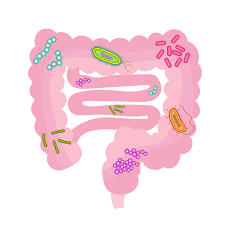
4. Approved and Traditional Uses of Himalaya Green Tea
Support for Weight Management and Fat Metabolism
Cardiovascular Health and Lipid Profile Regulation
Digestive Stimulant and Detox Support
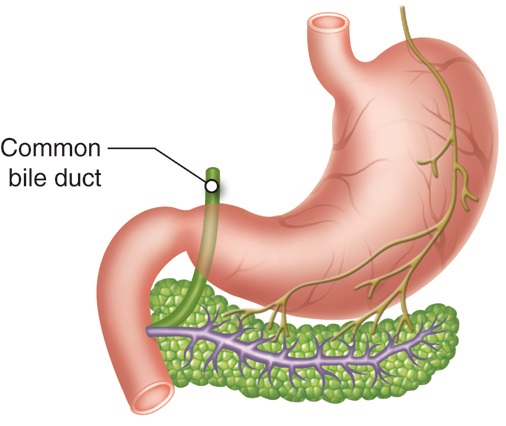
Immunity Enhancement through Herbal Fortification
5. Off-Label and Alternative Uses of Himalaya Green Tea
Cognitive Function and Mental Alertness
The moderate amount of caffeine combined with L-theanine substances enhances concentration and diminishes cognitive exhaustion without causing feelings of unease.
Skin Health and Acne Support
Infusions rich in antioxidants help improve skin clarity by reducing inflammation and oxidative stress levels, which can be particularly beneficial for individuals with acne-prone skin.
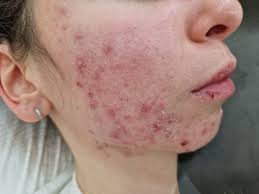
Stress Relief and Sleep Regulation (in non-caffeinated variants)
Drinking decaffeinated versions of Tulsi and other soothing herbs can assist the body in managing stress and enhancing sleep when taken before going to bed.

Oral Hygiene and Breath Freshening Applications
Polyphenols found in tea can help prevent the growth of bacteria in the mouth and reduce the formation of plaque while naturally fighting bad breath.
6. Dosage and Administration Guidelines
Recommended Frequency and Timing of Consumption
It is generally advised to consume 1-3 cups per day, ideally 30 minutes after meals, for optimal metabolic support and digestive synergy.
Safe Serving Size per Day
Each cup usually holds around 150 to 200 milliliters of brewed tea. Adhering to this recommended amount yields effects without causing excessive stimulation.
Preparation Methods: Brew Time and Temperature
- Water should be heated to a temperature between 80 and 85 degrees Celsius, not boiling.
- Brewing Time Recommendation: Let steep for 2 to 5 minutes based on desired flavor intensity. Shorter time, for a taste, for a bolder brew.
Use in Combination with Other Supplements or Teas
You can definitely use it with supplements, such as ashwagandha or triphala, without any concerns. Just make sure not to mix it with stimulants to avoid having much caffeine in your system.
7. Common and Rare Side Effects of Himalaya Green Tea
Mild Side Effects: Nausea, Headache, Insomnia
Some individuals may experience transient discomforts such as nausea, headaches, or sleep disturbances, especially when consumed in excess or on an empty stomach.
Gastrointestinal Upsets: Acidity, Bloating
Green tea may cause discomfort in the stomach lining for some people who are sensitive to it, resulting in acid reflux or minor bloating issues.
Allergic Reactions: Skin Rash, Breathing Difficulty (Rare)
In some cases, reported reactions include skin rashes or breathing issues that can be serious; it is advised to stop and seek medical guidance if any of these symptoms occur.
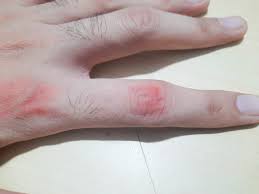
Long-Term Use Considerations and Caffeine Sensitivity
Excessive use of caffeine could potentially result in fatigue or disrupt the body's ability to absorb iron, so it's advisable for those who are sensitive to caffeine to manage their consumption or consider switching to herbal alternatives.
8. Drug, Food, and Supplement Interactions
Potential Interactions with Blood Thinners (e.g., Warfarin)
Green tea contains vitamin K and potent polyphenols, which may interfere with the efficacy of anticoagulants such as warfarin. This interaction can attenuate the blood-thinning effect, potentially increasing the risk of clot formation.
- Consultation with a physician is imperative if on long-term anticoagulant therapy.
- Regular monitoring of INR (International Normalized Ratio) is advised.
Synergistic Effects with Metabolic Boosters
When combined with other metabolic enhancers, such as caffeine-based supplements, thermogenic fat burners, or green coffee extracts, Himalaya Green Tea may amplify lipolytic activity and thermogenesis.
- While this synergy may promote fat loss, it can also heighten the risk of overstimulation.
- Users should moderate intake and observe for signs of jitteriness or elevated heart rate.
Antagonistic Effects with Iron Supplements or Certain Antibiotics
Tannins and catechins in green tea can chelate iron, diminishing its bioavailability when taken concurrently with iron-rich meals or ferrous supplements.
- Avoid consuming green tea within 2 hours of iron intake.
- Green tea may also inhibit the absorption of certain quinolone antibiotics like ciprofloxacin.
Timing Considerations with Meals and Medication
For optimal results and minimal interference:
- Consume green tea between meals, not during them, to prevent nutrient absorption disruption.
- Space out at least 1 hour between tea consumption and prescription medication, unless advised otherwise.
9. Warnings and Contraindications to Consider
Individuals with Caffeine Sensitivity or Hypertension
Caffeine-sensitive individuals may experience heightened anxiety, palpitations, or insomnia. Those with elevated blood pressure should use caffeine with caution, as caffeine may cause transient vasoconstriction.
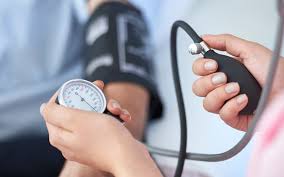
Those with Existing Liver or Kidney Conditions
Contraindicated for Persons with Glaucoma or Cardiac Arrhythmia
Drinking tea can cause an increase in eye pressure and worsen conditions such as glaucoma, while the stimulant effects could trigger irregular heartbeat in people with heart conditions.
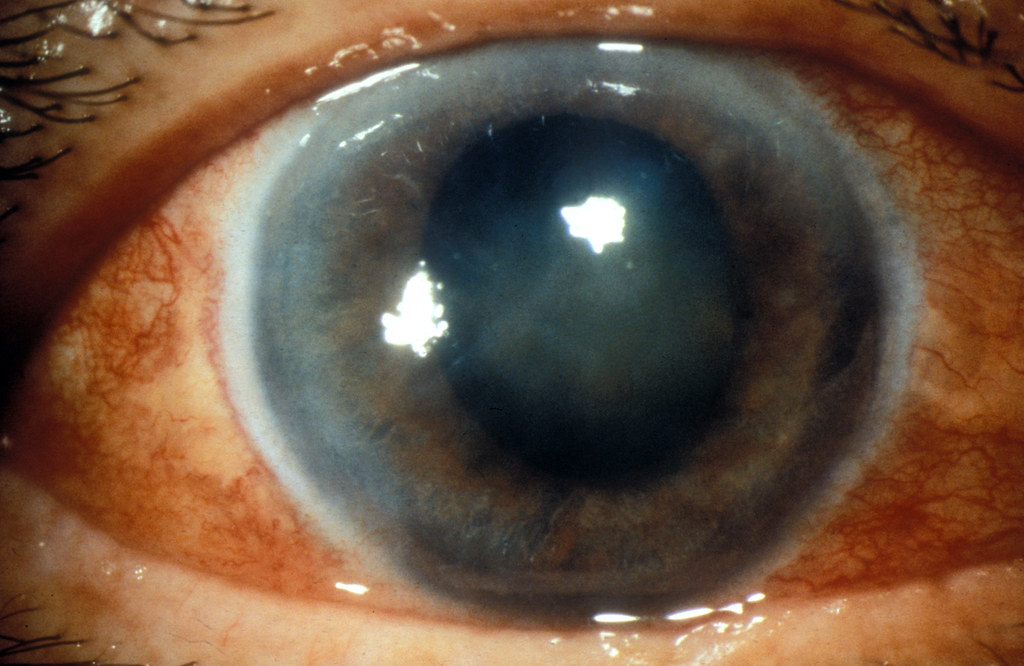
Avoidance During Certain Medical Treatments or Procedures
Please stop using this medication 14 days before any planned surgery as it might affect blood clotting and how drugs are processed in your body.
10. Careful Administration in Special Populations
Administration to Elderly Individuals: Lower Doses and Hydration Support
Elderly users may have altered metabolic rates and increased sensitivity to caffeine. A reduced dosage and concurrent hydration are recommended to avoid dehydration or overstimulation.
Use in Pregnant Women and Nursing Mothers: Caffeine Monitoring and Herbal Safety
While green tea is generally regarded as safe, its caffeine content warrants caution during pregnancy and lactation. Excessive intake may affect fetal development or breast milk composition.
- Limit intake to 1-2 cups per day.
- Choose decaffeinated or low-caffeine variants if available.
Administration to Children: Age Restrictions and Diluted Use
Children under 12 should steer clear of tea as it can be stimulating for them. If older kids want to have some tea, they should have it diluted with an adult around.
Caution in Individuals with Eating Disorders or Malnutrition
Tea's ability to reduce appetite and boost metabolism can worsen deficiencies and should be avoided by individuals with anorexia nervosa or bulimia or those who are underweight.
11. Overdose Risks and Symptoms
Signs of Overconsumption: Palpitations, Restlessness, Dizziness
Excessive intake, usually above 6 cups daily, can lead to sympathetic nervous system overstimulation.
- Symptoms include nervousness, rapid heartbeat, and dizziness.
- Reduce or discontinue intake at the onset of these signs.
Caffeine Overload and Nervous System Effects
Continuous excessive consumption of caffeine can lead to issues such as trouble sleeping, moodiness or developing a dependency on it.
Managing Accidental Overdose or Adverse Reaction
In situations of overdose, it is recommended to stop and stay hydrated. Activated charcoal might be utilized with supervision in instances of acute toxicity.
Emergency Measures and Medical Consultation
Seek emergency attention for severe symptoms such as chest pain, arrhythmias, or respiratory distress. Document tea intake to assist in diagnosis.
12. Proper Storage Conditions and Shelf Life
Ideal Storage Temperature and Humidity
Store in a cool, dry place below 25°C. Avoid exposure to moisture and humidity, which may degrade the aromatic compounds and active phytochemicals.
Protecting Tea from Light, Air, and Contamination
- Use airtight containers to preserve flavor and potency.
- Keep away from direct sunlight and strong odors.
Shelf Life and Expiry Indications
Green teas typically remain fresh for 18 to 24 months after they are produced. It's known that once tea expires, it can lose both the potential health benefits and the original taste characteristics.
Safe Disposal of Expired or Contaminated Tea
When throwing away tea, make sure to put it in the trash bin and not in the compost if it's gone bad or has mold on it. Also, remember to wash the packaging before putting it in the recycling bin to keep things clean and tidy.
13. Handling and Safety Precautions
Safe Brewing Practices to Avoid Burns or Over-Steeping
Remember to wait for boiled water to cool down a bit before pouring it over your tea to prevent any risk of burning yourself! Steeping your tea for too long could make it taste bitter and bring out more of the strong astringent flavors in the tea leaves.
Hygienic Handling and Prevention of Mold Growth
Make sure your hands are dry and your utensils are clean before handling tea or tea bags, as sealing can lead to bacterial contamination.
Travel and Transport Guidelines for Retaining Freshness
Use sealed tins or resealable pouches during travel. Store in luggage away from liquids or humid environments.
Packaging Integrity and Tamper Evident Features
Be sure to opt for items that have their seals intact and are in their packaging, as this helps in avoiding contamination and guarantees the authenticity of the product.
Himalaya Green Tea FAQ
- What are the benefits of drinking green tea?
- Can I drink green tea everyday?
- What is the best time to drink green tea?
- What is green tea best used for?
- Can I drink green tea on an empty stomach?
- Is green tea good for the kidneys?
- Can I drink green tea before bed?
- How many cups of green tea per day?
- Can I drink green tea if I have high blood pressure?
- When not to drink green tea?
- What is Himalaya Green Tea?
- What are the potential health benefits of drinking Himalaya Green Tea?
- How should Himalaya Green Tea be brewed for the best taste and benefits?
- Can Himalaya Green Tea help with weight loss?
- Are there any side effects of drinking Himalaya Green Tea?
What are the benefits of drinking green tea?
Green tea is a drink or supplement that could boost sharpness and alleviate issues and headaches while possibly aiding in weight loss efforts.
Can I drink green tea everyday?
Yes
What is the best time to drink green tea?
Morning or early afternoon
What is green tea best used for?
It is crucial for health and well-being to shed pounds and lower cholesterol levels while staving off heart disease and cancer.
Can I drink green tea on an empty stomach?
Green tea has tannins that might cause stomach acidity to rise, which could result in feelings of nausea or bloating.
Is green tea good for the kidneys?
It might decrease the chances of developing kidney stones. Lower inflammation levels are beneficial for individuals dealing with kidney-related issues.
Can I drink green tea before bed?
Drinking tea with caffeine might disrupt your sleep.
How many cups of green tea per day?
3-5 cups
Can I drink green tea if I have high blood pressure?
Yes
When not to drink green tea?
Individuals who have anemia or diabetes and those suffering from glaucoma or osteoporosis.
What is Himalaya Green Tea?
The Himalaya Green Tea line consists of tea items provided by the Himalaya Wellness Company. These items are frequently combined with herbs and natural components sourced from the Himalayan area or influenced by Ayurveda principles.
What are the potential health benefits of drinking Himalaya Green Tea?
Himalaya Green Tea is packed with antioxidants that may assist in shielding our cells from harm and damage caused by external factors or free radicals commonly found in our environment. The tea could potentially provide advantages such as boosting metabolism levels,increasing clarity and concentration, as well as promoting a general feeling of positivity and wellness due to the presence of certain beneficial herbs included in the formula.
How should Himalaya Green Tea be brewed for the best taste and benefits?
It's usually suggested to opt for water ( 80 to 85 degrees Celsius or 175 to 185 degrees Fahrenheit) instead of boiling water to prevent a bitter flavor from developing in your tea brews. When steeping either a tea bag or loose leaves in water, you should let them infuse for about 2 to 6 minutes.
Can Himalaya Green Tea help with weight loss?
Green tea is commonly linked to increasing metabolism and assisting in weight loss because of its caffeine and catechin levels. Although Himalaya green Tea may provide some assistance in this regard, it works best when accompanied by a diet and consistent physical activity.
Are there any side effects of drinking Himalaya Green Tea?
When green tea is enjoyed in amounts, it is usually safe for most people to consume without any concerns; nevertheless, overconsumption may bring forth adverse effects linked to the presence of caffeine, such as feelings of unease, trouble sleeping, and possible digestive problems. People who tend to react to caffeine should pay attention to the quantity they consume.

